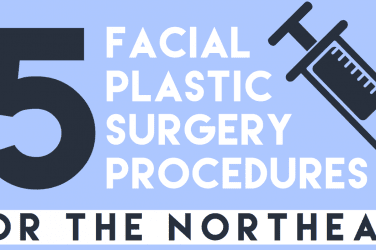Bloodborne pathogens are microorganisms that can cause disease when transmitted through blood or other bodily fluids. Bloodborne pathogens can be found in almost any work environment. However, their risk of transmitting infection is heightened in some industries, such as healthcare or manufacturing.
These microorganisms can be transmitted through contact with blood or other bodily fluids. They are not limited to only humans; animals and arthropods (such as mosquitoes) can also spread these diseases. When you understand the risks, learning how to protect yourself from bloodborne pathogens becomes much more accessible.
What Are Bloodborne Pathogens?
Bloodborne pathogens are microorganisms that are transmitted through contact with blood or other bodily fluids. They can cause various short-term and long-term illnesses in their hosts. Some of the most common bloodborne pathogens include the following:
- Bacteria: These microbes cause infections such as pneumonia, gas gangrene, and strep throat.
- Parasites: This group includes roundworms, tapeworms, and hookworms. Viruses can cause illnesses such as herpes, hepatitis B, and HIV.
- Toxins: Some substances often produced by bacteria have harmful effects on the body, even though they are not infectious agents. Examples include tetanus and botulism toxins.
How Do You Know If You’ve Been Exposed To a Bloodborne Pathogen?
You may have come into contact with one of these pathogens and not even know it. Symptoms may not develop for days or even weeks after exposure. You can tell you have been exposed if any of the following occur:
- You feel flu-like symptoms: These may include fever, muscle aches, fatigue, and joint pain.
- You experience increased swelling: Swelling can happen anywhere in the body, particularly in the hands, feet, and face.
- You have a rash: This can occur anywhere on the body and will likely be accompanied by fever and fatigue.
These are just a few examples — there are many other ways you might experience an illness due to exposure to bloodborne pathogens.
How Can You Protect Yourself From These Microorganisms?
If you work in an environment where bloodborne pathogens are present, there are several steps you can take to protect yourself. The most important one is always to practice standard infection control procedures.
- Use gloves: Always wear gloves when contacting bodily fluids. This should be your first line of defense against bloodborne pathogens.
- Use protective eyewear: Always wear protective eyewear when you work in an environment with blood or other body fluids.
- Use face shields: Face shields protect you from splashing or spraying bodily fluids. – Use appropriate footwear: You should wear closed-toe shoes when working in areas where bloodborne pathogens may be present.
- Wash your hands often: You can minimize the risk of exposure by constantly washing your hands before and after you come into contact with bodily fluids.
- Avoid touching your eyes, nose, or mouth: This can help prevent the spread of pathogens that may have come into contact with your hands.
3 Ways to Protect Yourself From Bloodborne Pathogens
There are several ways you can protect yourself from bloodborne pathogens. These include:
- Vaccination: Vaccines can be used to prevent diseases transmitted through blood. Examples include hepatitis B and influenza.
- Standard infection control practices: Always practice good hand hygiene, use protective eyewear and gloves, and avoid touching your face.
- Bloodborne pathogens training will equip you with the knowledge you need to recognize the risks associated with your job and take appropriate precautions.
Conclusion
Bloodborne pathogens are microorganisms that can cause diseases when transmitted through blood or other bodily fluids. These pathogens can be found in almost any work environment, although their risk of transmitting infection is heightened in some industries, such as healthcare or manufacturing.
You can protect yourself from bloodborne pathogens using standard infection control practices and receiving bloodborne pathogen training. If any of the above symptoms occur, you may have been exposed to one of these microbes.







